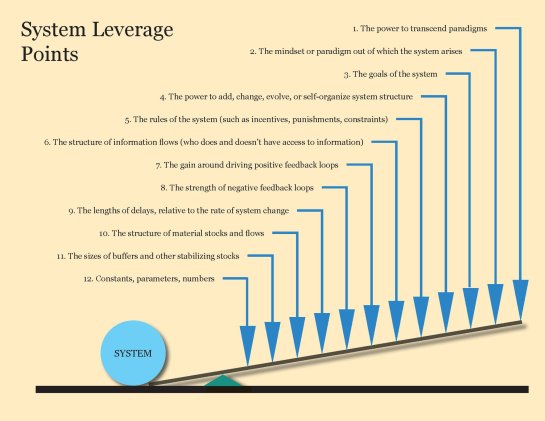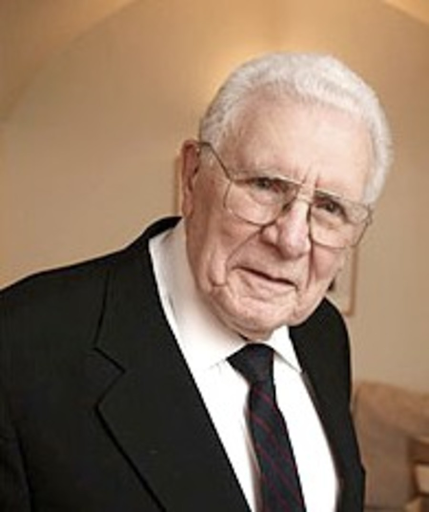The Profound Connection Between the Technology Business and Organisational Psychotherapy
The breakneck growth of the technology industry has centered on building ever-faster, smarter, and more efficient tools and systems. Yet, as explored in depth in books like Quintessence and Memeology, there is a growing recognition that advanced technology alone cannot solve all human challenges, especially within the workplace. The human element remains critical. It is at the intersection of technology and organisational psychotherapy where profound opportunities arise.
What is Organisational Psychotherapy?
Organisational psychotherapy is an emerging field examining shared assumptions and beliefs within group settings, especially workplaces. As explained in my book “Quintessence“, it identifies issues like toxic team dynamics, ineffective leadership structures, and overall dysfunctional organisational cultures that prevent human potential from flourishing. The overarching goal is to enable organisations to surface and reflect on their dysfunctional patterns.
Some key issues that organisational psychotherapy addresses include:
- Unspoken hierarchies stifling diversity of thought
- Exclusion and gatekeeping harming innovation
- Lack of psychological safety preventing collaboration
- Poor leadership disempowering teams
- Communication breakdowns sowing distrust
- Excessive bureaucracy killing agility
- Toxic or abusive management traumatizing employees
- Perverse incentives rewarding unethical behavior
- Workplace discrimination and bias
- Employee burnout and poor mental health
While individual therapy focuses on helping individuals, organisational psychotherapy zooms out to understand group and system dynamics in the workplace. It provides a framework for understanding precisely why certain organisations struggle to thrive, even when they have access to the most advanced technology.
The Role of Technology in Enabling Dysfunction
Today’s most ambitious technology companies aim to build platforms and algorithms that enhance productivity, spur innovation, and seamlessly connect teams. However, technology also has a shadow side, especially when designed and deployed without care.
As dissected in Memeology, tools meant to improve efficiency can lead to e.g. rigid bureaucracy. Use of messaging apps can foster miscommunication and conflict. Social media algorithms can enable the rapid spread of misinformation and extremism amongst groups. AI-driven management systems can demoralise human workers and treat them as expendable cogs in a machine.
In essence, technology lacks self-awareness about potential downsides. When combined with unhealthy group dynamics in an organisation, it can worsen performance instead of improving it. There are countless examples of advanced technology being implemented in counterproductive ways:
- Remote work tools leading to always-on expectations and burnout
- Enterprise messaging apps used to harass marginalised employees
- Productivity tracking tools sowing distrust between managers and teams
- AI-driven hiring algorithms entrenching bias and discrimination
- Social media misused to attack and silence diverse voices
- Surveillance technology undermining privacy and autonomy
Without an understanding of organisational dynamics, technology can unintentionally become a burden rather than a boon to human potential and cooperation. This underscores the need for a complementary lens like organisational psychotherapy.
Integrating Organisational Psychotherapy into Tech Culture
Several forward-thinking technology companies are now working to integrate organisational psychotherapy into their products, teams, and company cultures. They recognise that the best teams, and therefor products, are those that understand innate human strengths and weaknesses and seek to bring out the best in people.
For example, collaboration platform designers are exploring how interface details affect unspoken hierarchies, exclusion, and groupthink within online teams. Instead of optimising purely for efficiency, the goal is to encourage diverse voices, psychological safety, and healthy group norms. (See also: Conway’s Law).
Leading companies are also examining their own cultures through an organisational psychotherapy lens as detailed in Quintessence. This includes focusing on diversity and inclusion initiatives, workplace mental health policies, healthy communication norms, and compassionate leadership principles. It also means decentralising authority, allowing time for reflection, and seeing value in failure as opportunities for growth. The goal is to create thriving environments, not mere productivity factories.
Bridging the Gap Between the Technical and the Human
Ultimately, organisational psychotherapy and technology work best when united, bridging the gap between the technical and the intimately human. Just as medicine combines an understanding of physiology with ethics and the human spirit, technology moves in a positive direction when informed and supported by psychotherapy.
The engineers and programmers building the latest algorithms, platforms, and machine learning systems would benefit immensely from integrating human-centered design principles (for example: Emotioneering). And organisational psychotherapists helping companies create healthier dynamics and leadership structures might choose to embrace sophisticated tools to augment their impact.
When technology and organisational psychotherapy come together in this way, they have the potential to profoundly empower teams, heal dysfunctional organisations, transform organisational cultures for the better, and unlock new levels of human potential, especially within the CKW workplace. The future belongs to solutions that successfully bridge the technical and the humane. Both Quintessence and Memeology point toward this brighter destination. But we still have much work to do as an industry to fully integrate technological advances with psychological wellbeing and bring out the best in each other.



